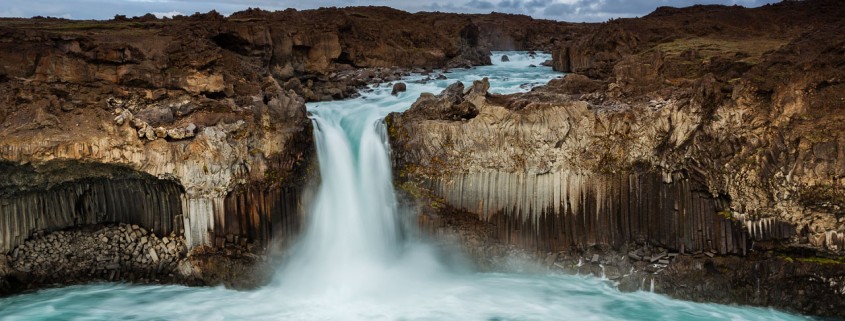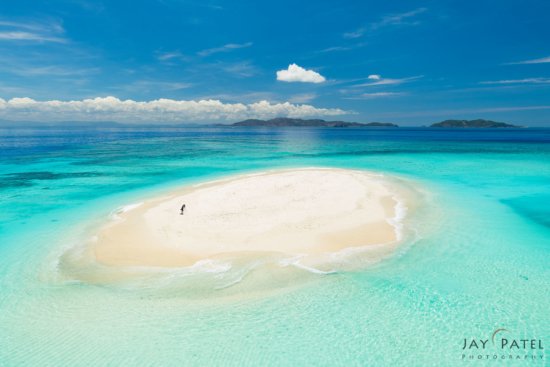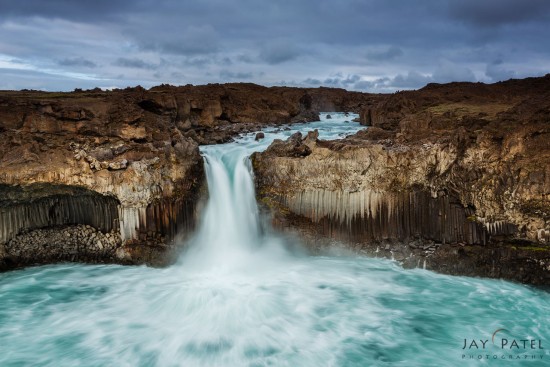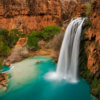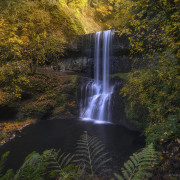Photography Filter Quick Tips for Landscape Photographers
Photography filters are invaluable tools for landscape photography. They help balance the light, eliminate reflections and allow us to play with shutter speeds to come away with eye catching images like the ones you see below on Visual Wilderness.
Here are some tips for using photography filters effectively in the field.
UV Photography Filters
If your images aren’t as sharp as you’d like and if you have a UV filter on your lens try taking it off. Many times dust and dirt can get trapped between the front element of the lens and the UV filter. Also, UV filters are extremely difficult to clean; they often get a smeared, filmy look to them after cleaning. In my opinion, UV filters really serve no purpose (except to protect the front of your lens). I’ve been shooting for many years and I never use a UV filter. I have only dropped one lens (knock on wood) and a UV filter probably would not have saved it since the entire front of the lens was damaged. I recommend if you are going to continue to use a UV filter, then keep it clean on both sides and keep the front element of your lens clean too. Also consider replacing the UV filter often to keep it from getting that filmy look.

Lens Filter Wrench to Remove Stuck Photography Filters
Sometimes photography filters get stuck on the front of the lens and are extremely difficult to get off. The Lens Filter Wrench tool shown above works pretty good, it is lightweight and only costs about $5.00.
Step Up Rings
If you own a DSLR camera than there is a good chance that the filter thread diameter sizes of one or more of your lenses will not be the same size. This becomes an issue when you are buying the screw on circular filters for these lenses. Let’s say your 24-105mm lens is 77mm and your 16-35mm f/2.8 lens is 82mm; you can’t use the same size circular polarizing or neutral density (ND) photography filter for both of these lenses. You will need to purchase 2 different sized filters or you will need to purchase a step up ring so that you can use one size filter for both size lenses. They are relatively inexpensive and come in handy as an alternative to carrying/purchasing multiple sized filters.
How to Set a Circular Polarizing Filter to the Darkest Setting Every time
With some filters there are dots and notches on the filters that show where the lightest or darkest settings are. For the most part if you put the filter on and rotate it you should be able to easily find the darkest setting. If not follow these easy steps:
- First mount the circular polarizer on your lens.
- Next set your camera to Aperture Priority mode and set your EC (exposure compensation) to zero.
- Now point your lens at the sky 90 degrees off sun angle.
- You will need to turn the polarizer slowly while taking note of the shutter speed as you rotate the polarizer.
- Stop turning once you get to the slowest shutter speed.
It’s that simple, you are now ready to shoot right down sun angle at several stops slower.
What photography filters do you carry? Do you have some useful tips for using filters effectively? Feel free to share your tips and image in the comments below:

